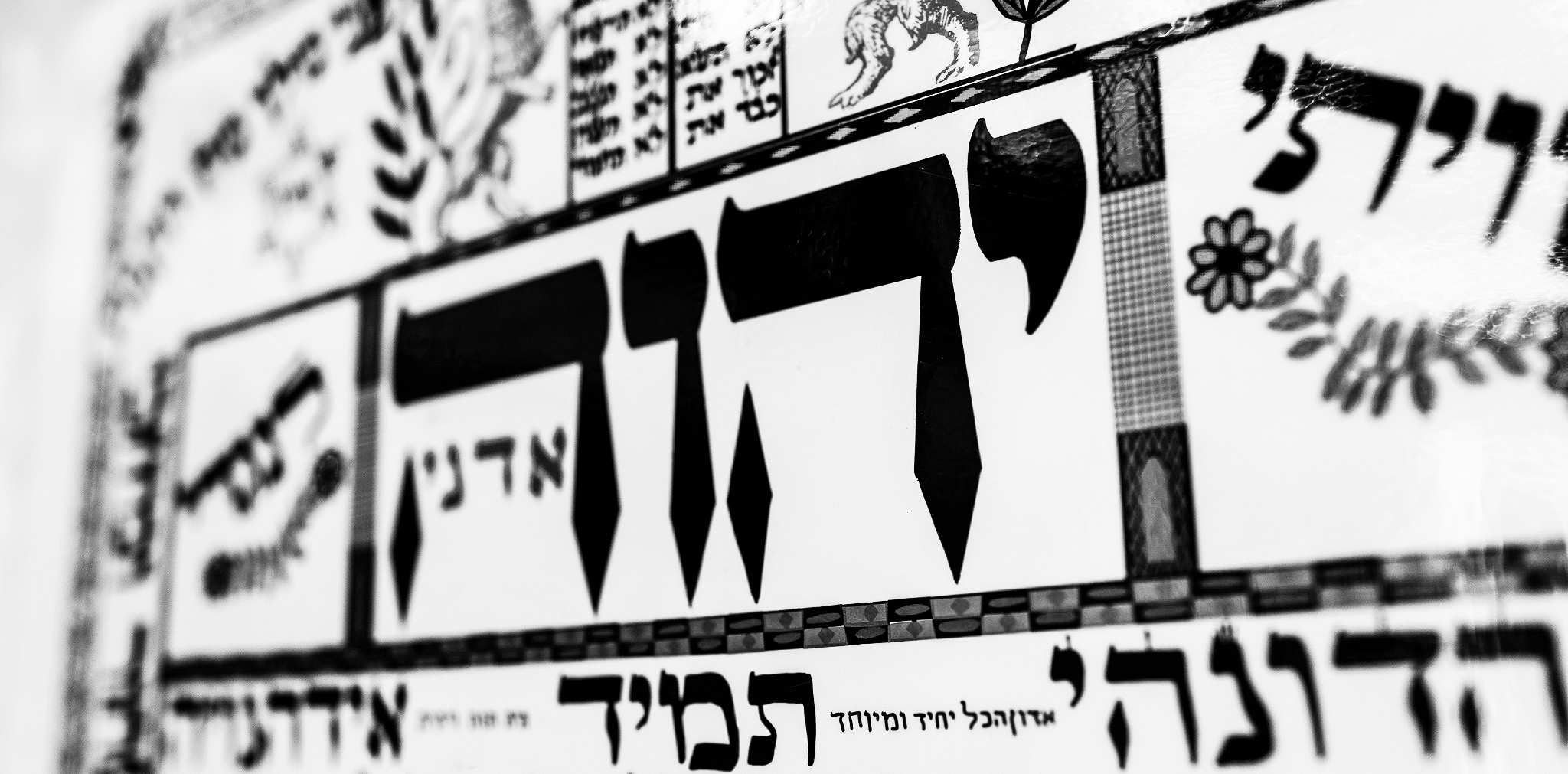 According to tradition, Moses descended from Sinai (with the second set of tablets) on Yom Kippur (Tishri 10), and on the following morning he assembled (וַיַּקְהֵל) the people together to explain God’s instructions regarding building the Mishkan (i.e., Tabernacle). First, however, Moses reminded the people to observe the Sabbath as a day of rest, and then he asked for contributions of gold, silver, bronze, and other materials for the construction of the sanctuary and its furnishings. Each contribution was to be a “free-will offering” (i.e., nedivah zevach: נְדָבָה זֶבַח) made by those “whose heart so moved him.” As a sign of their complete teshuvah (repentance) for the sin of the Golden Calf, the people gave with such generosity that Moses finally had to ask them to stop giving!
According to tradition, Moses descended from Sinai (with the second set of tablets) on Yom Kippur (Tishri 10), and on the following morning he assembled (וַיַּקְהֵל) the people together to explain God’s instructions regarding building the Mishkan (i.e., Tabernacle). First, however, Moses reminded the people to observe the Sabbath as a day of rest, and then he asked for contributions of gold, silver, bronze, and other materials for the construction of the sanctuary and its furnishings. Each contribution was to be a “free-will offering” (i.e., nedivah zevach: נְדָבָה זֶבַח) made by those “whose heart so moved him.” As a sign of their complete teshuvah (repentance) for the sin of the Golden Calf, the people gave with such generosity that Moses finally had to ask them to stop giving!
Two men named “Betzalel” and “Oholiav” were appointed to be the chief artisans of the Mishkan, and they led a team of others that created the roof coverings, frame, wall panels, and foundation sockets for the tent. They also created the parochet (veil) that separated the Holy Place (ha’kodesh) from the Holy of Holies (kodesh ha’kodeshim). Both the roof and the veil were designed with embroidered cherubim (winged angelic beings). Betzalel then created the Ark of the Covenant and its cover called the mercy seat (kapporet), which was the sole object that would occupy the innermost chamber of the Holy of Holies. Betzalel also made the three sacred furnishings for the Holy Place – the Table of Bread (shulchan), the lamp (menorah), and the golden Altar of Incense (mizbe’ach ha’katoret) – as well as the anointing oil that would consecrate these furnishings.
Betzalel then created the Copper Altar for burnt offerings (along with its implements) and the Copper Basin from the mirrors of women who ministered in the entrance of the tent of meeting. He then formed the courtyard by installing the hangings, posts and foundation sockets, and created the three-colored gate that was used to access the courtyard.
In addition to the Torah portion I discuss the holidays of Purim and Shabbat Parah, as well as the greater meta-themes of Passover and the Exodus from Egypt.
Podcast:

For more information please visit www.hebrew4christians.com.
